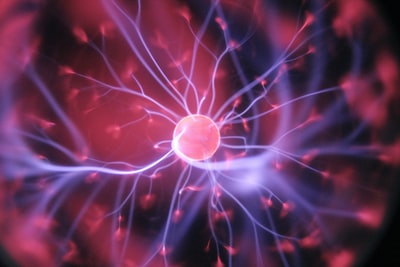
How efficient a device is refers to the proportion of energy that’s transferred usefully.
Efficiency can be calculated using the following equations.
- For a decimal efficiency:
? efficiency = useful energy out / total energy in
- For a percentage efficiency:
? (useful energy out / total energy in) x 100
The greater the percentage of available energy that’s transferred into useful energy, the more efficient the device. However, efficiency of a devise will never by 100%; some energy will always be wasted, as heat or noise.
NOTE: If you’re given power in watts (W) rather than energy in joules (J) the equations to use are the same. Simply use substitute power (W) for energy (J).
As you’ve seen already, a regular light bulb isn’t very efficient. How about an energy saving light bulb?
| Light bulb | Energy saving light bulb | |
| Energy transfer diagram | electrical energy ? heat and light energy | electrical energy ? heat and light energy |
| Sankey diagram |  |
 |
| Efficiency | E = 100/5 x 100 = 5% | E = 60/15 x 100 = 25% |
| Explanation | An normal light bulb using a thin wire called a filament. This is heated by an electrical current at about 1100 |